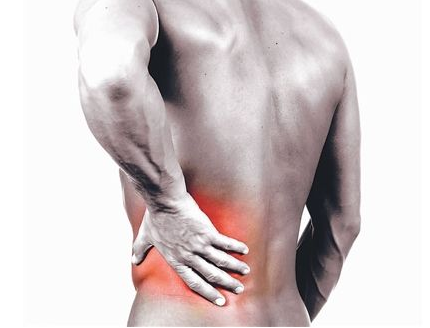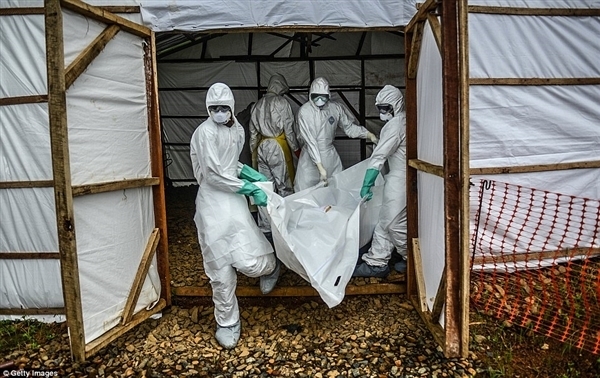2017年6月7日,国际顶尖学术期刊《Science》旗下《Science Translational Medicine》杂志上在线发表了美国北卡罗来纳大学教堂山分校Robert W. Emerson研究员的一篇研究论文,研究结果揭示脑扫描可以发现年龄小到6个月宝宝的脑部功能性变化,这些变化可预测他们日后会被诊断罹患自闭症谱系障碍(ASD)。据估计,全球每68个儿童中就有一个孩子罹患ASD;ASD涉及范围广泛的一组神经发育障碍,它们常常会造成持续性的沟通问题、重复行为问题并损害个人的社交能力。早期发现并给予行为学干预可显著改善ASD患者的生活品质,但在孩子2岁或更大年龄之前,全面的行为方面的症状通常不会出现。
如今,Robert Emerson和同事将6个月大婴儿中能可靠检测到的脑连结性与孩子日后在2岁时的ASD诊断挂钩,其准确性几乎达100%。科学家对59名睡眠婴儿(这些孩子都具有ASD的高度家族风险)的脑部进行扫描,采集了230个不同脑区间的2万6335对功能性连接,他们所用的方法被称作功能连接性磁共振成像(fcMRI)。在这59名婴儿中,11人接着在24个月大时被诊断罹患ASD,这令研究人员能够应用机器学习算法来解析能在没有任何假阳性的情况下正确预测11个被诊断患儿中的9人的特定脑连结模式。尽管未来需要决定该脑特征是否适用于那些没有高度遗传风险的婴儿,但作者说,他们的发现可能是朝着十分必须的早期检测发现ASD所迈出的第一步。
原文链接:
Functional neuroimaging of high-risk 6-month-old infants predicts a diagnosis of autism at 24 months of age
原文摘要:
Autism spectrum disorder (ASD) is a neurodevelopmental disorder characterized by social deficits and repetitive behaviors that typically emerge by 24 months of age. To develop effective early interventions that can potentially ameliorate the defining deficits of ASD and improve long-term outcomes, early detection is essential. Using prospective neuroimaging of 59 6-month-old infants with a high familial risk for ASD, we show that functional connectivity magnetic resonance imaging correctly identified which individual children would receive a research clinical best-estimate diagnosis of ASD at 24 months of age. Functional brain connections were defined in 6-month-old infants that correlated with 24-month scores on measures of social behavior, language, motor development, and repetitive behavior, which are all features common to the diagnosis of ASD. A fully cross-validated machine learning algorithm applied at age 6 months had a positive predictive value of 100% [95% confidence interval (CI), 62.9 to 100], correctly predicting 9 of 11 infants who received a diagnosis of ASD at 24 months (sensitivity, 81.8%; 95% CI, 47.8 to 96.8). All 48 6-month-old infants who were not diagnosed with ASD were correctly classified [specificity, 100% (95% CI, 90.8 to 100); negative predictive value, 96.0% (95% CI, 85.1 to 99.3)]. These findings have clinical implications for early risk assessment and the feasibility of developing early preventative interventions for ASD.



